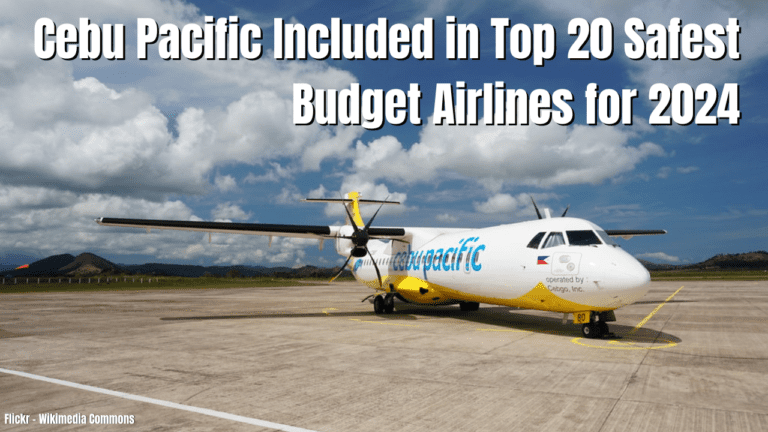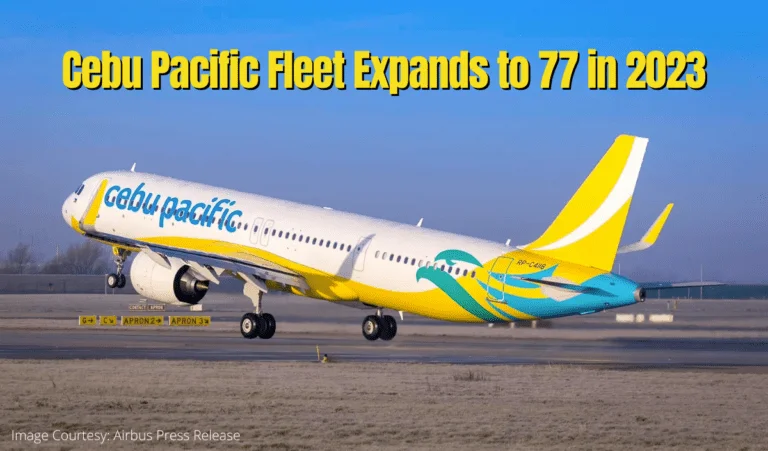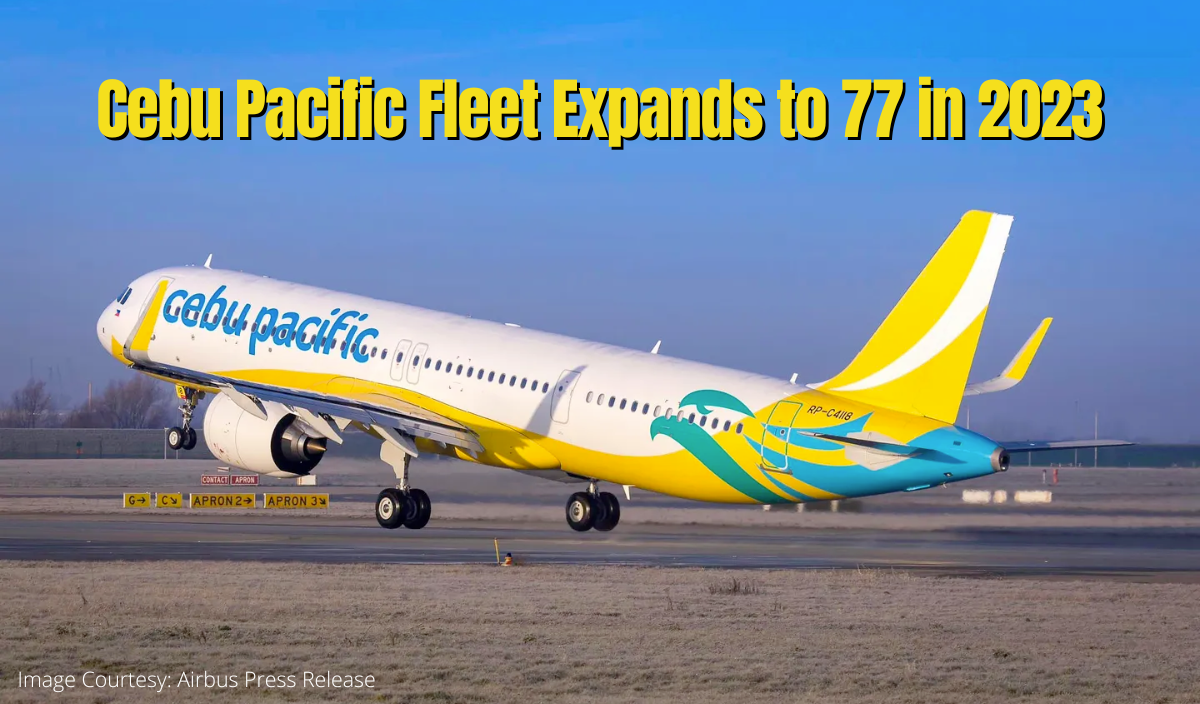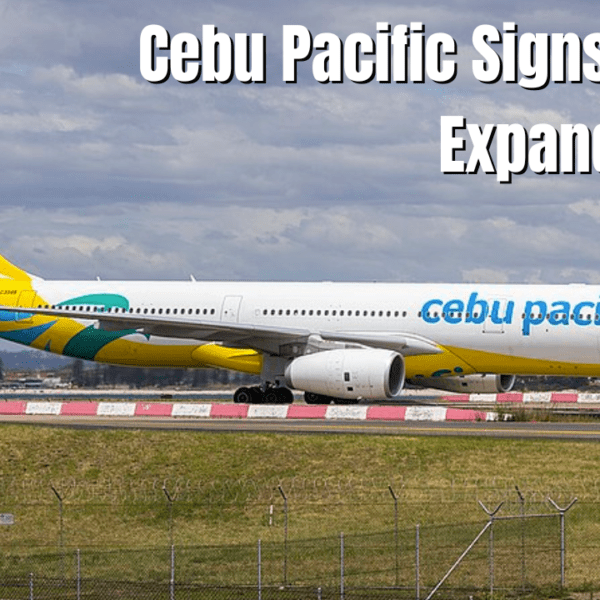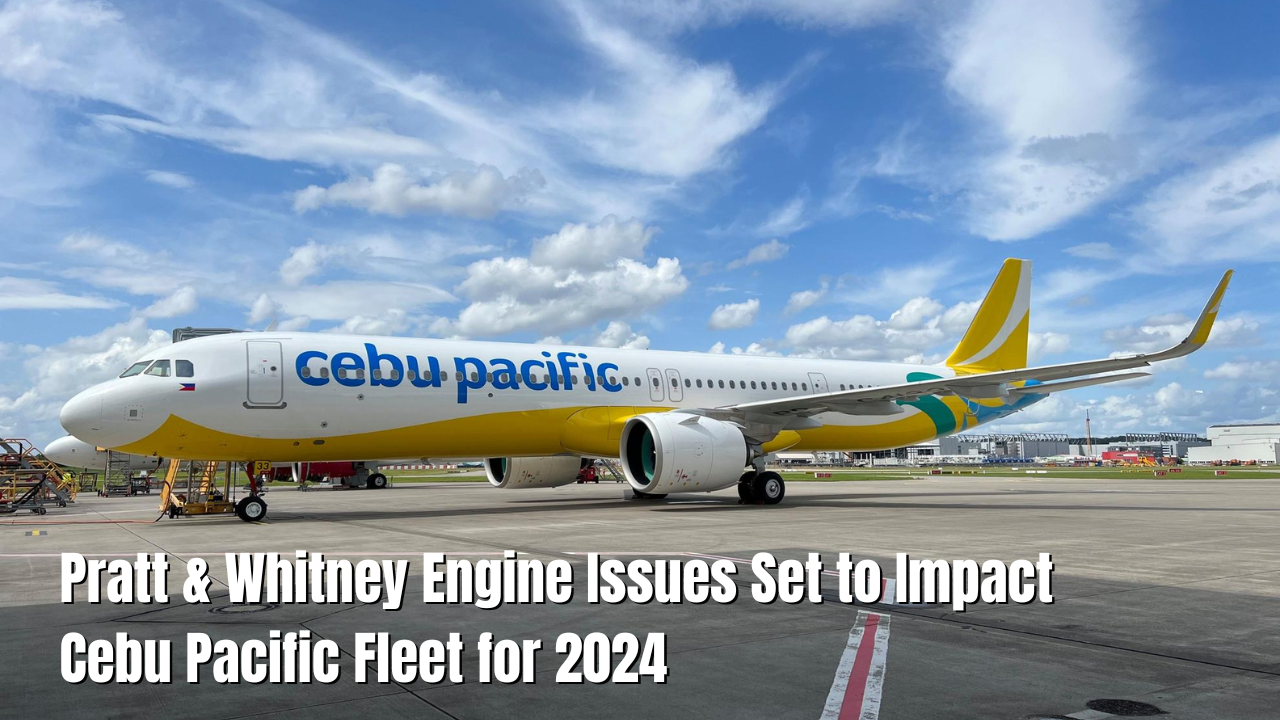Cebu Pacific to Complete Aircraft Purchase: Cebu Pacific, the Philippines’ leading budget carrier, expects to complete its aircraft purchase by the first half of this year. This is according to Cebu Air, Inc. president Alexander G. Lao. The airline initially aimed to complete the purchase by the first quarter, but the latest guidance is now the year’s first half. Cebu Pacific plans to order over 100 narrow-body aircraft from Boeing or Airbus, with an estimated value of $12 billion.
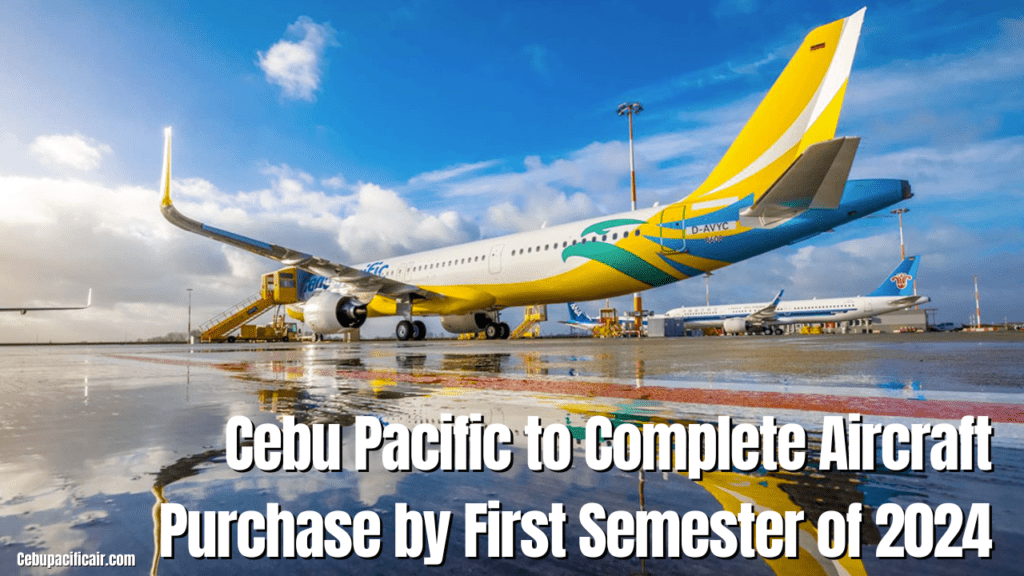
Check out the latest Cebu Pacific news.
Lao explained that the process involves discussions with key suppliers, including Airbus and Boeing, and engine manufacturers. The airline needs to make an engine selection for the new aircraft. While there is no hard deadline, Cebu Pacific hopes to decide before the year’s first half ends.
Cebu Pacific to Complete Aircraft Purchase and Double its Fleet Size
Currently, Cebu Pacific operates a fleet of 73 Airbus and ATR aircraft. The planned order of additional aircraft in 2024 will double its fleet size in the coming years. However, the company’s fleet growth rate for 2024 will be lower than initially planned due to inspections of A320/321 NEO aircraft engines by engine maker Pratt & Whitney (P&W). Approximately 10 to 20 aircraft are currently parked for maintenance due to the P&W issue.
Despite the maintenance-related challenges, Cebu Pacific expects to grow its capacity by 8% this year. The airline has signed an agreement with Bulgaria Air for two Airbus 320ceo aircraft, which will be used for domestic routes such as Cebu and Davao from January to May. This move is in anticipation of increased passenger demand in 2023.
Lao did not provide a specific passenger forecast for the year but stated that the airline expects to surpass its 2022 numbers by a significant margin. However, he also mentioned that 2023 will still be slightly below pre-COVID levels. In 2022, Cebu Pacific recorded 14.85 million passengers, compared to 3.41 million in 2021. In 2019, the airline served a total of 22.5 million passengers.
Overall, Cebu Pacific is optimistic about its aircraft purchase and growth prospects for the year. Completing the purchase will contribute to expanding its fleet and enable the airline to meet the anticipated increase in passenger demand.
Birth and History of Cebu Pacific
Established in August 1988, Cebu Pacific is a testament to the dynamism and growth of the aviation sector in the Philippines. Initially created under the name Cebu Air, the budget airline has marked a significant presence in the industry over the past thirty-plus years. With its home base in the beautiful island province of Cebu, the airline has striven to make a mark in regional and international spheres by championing affordability and efficiency in air travel.
The conception of Cebu Pacific was an enterprise of the Gokongwei family, renowned in the Philippines for their telecommunications, property, banking, and more ventures. The airline was officially launched on 26 August 1988 but began operations in March 1996, a notable milestone that reshaped the country’s commercial aviation industry.
Cebu Pacific’s entry into the aviation industry was met with a commodious response. The beginnings were humble, marked by turbo-prop flights from Manila to Cebu. But much to everyone’s surprise, Cebu Pacific saw rapid growth, significantly altering the landscape of Philippines commercial aviation. By 1999, the airline had a robust domestic presence, covering 24 local destinations and orchestrating over 100 daily flights. International engagements followed suit, with Cebu Pacific initiating international services in November 2001.
The turn of the millennium marked a significant juncture in the history of Cebu Pacific. The airline converted to more modern jet services, gradually abandoning its turbo-prop fleet to cater to the increasing domestic demands and burgeoning international services more efficiently. It transitioned to an Airbus fleet, fortifying its position as a competitive player in the region.
Cebu Pacific became the Philippines’ largest airline in January 2010 regarding passengers flown on domestic and international routes. This achievement underscored the journey of the budget airline and its relentless pursuit to ‘fly everyone,’ in line with its mission statement.
The history of Cebu Pacific is not without tribulations. The airline faced one of its most challenging times in 1998 when one of its flights crashed in the southern Philippines, claiming over a hundred lives. The incident put a significant dent in the airline’s reputation. However, with strong leadership and effective crisis management, Cebu Pacific regained passenger trust and strengthened its safety protocols.
The rise of Cebu Pacific in the world of aviation has been indeed remarkable. Today, the airline continues its journey, offering affordable travel options to millions across the globe, covering over 60 destinations in Asia, Australia, and the Middle East. It remains committed to revolutionizing air travel and forging a future where everyone can fly.
Cebu Pacific’s success story is a testament to its founders’ progressive vision, the workforce’s dedication, and its commitment to the transformative power of aviation. The carrier’s evolution from a fledgling regional operator to a dominant player in the local and international sectors highlights its determination to provide efficient, affordable, and accessible air travel, thereby contributing significantly to the economic and social evolution of the Philippines. The journey of Cebu Pacific showcases such evolution, encapsulating the possibilities when entrepreneurship, innovation, and service converge in the aviation arena.
For more information, booking, and information, head to Cebu Pacific Air Official Website or call the reservation hotlines (02) 8702 0888 or (032) 230-8888.

